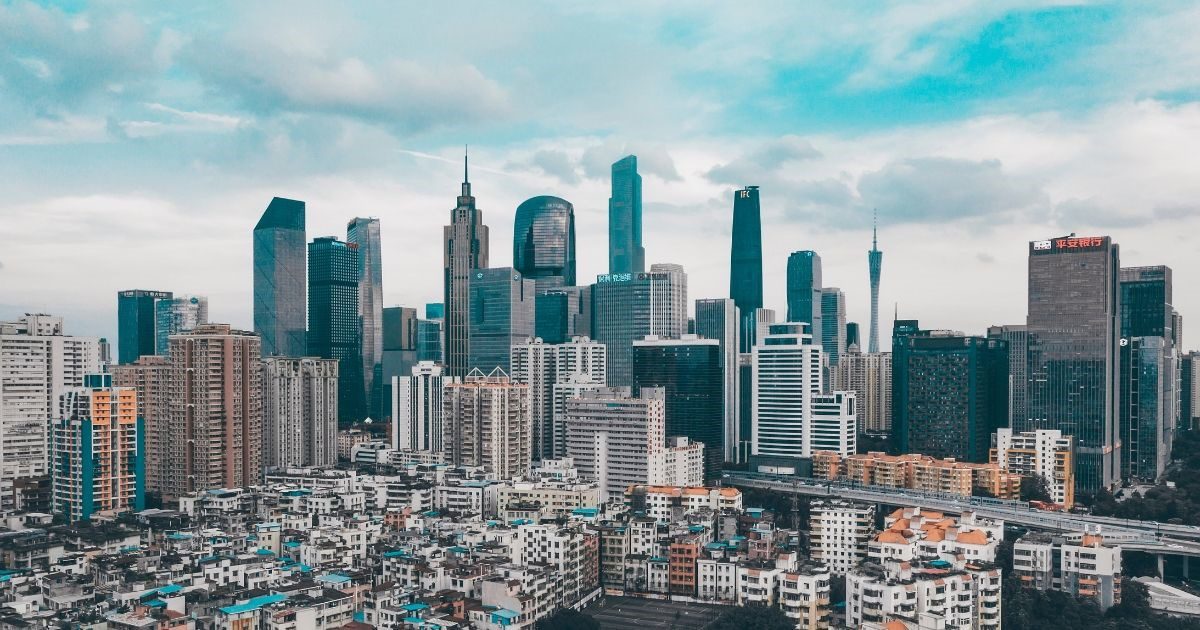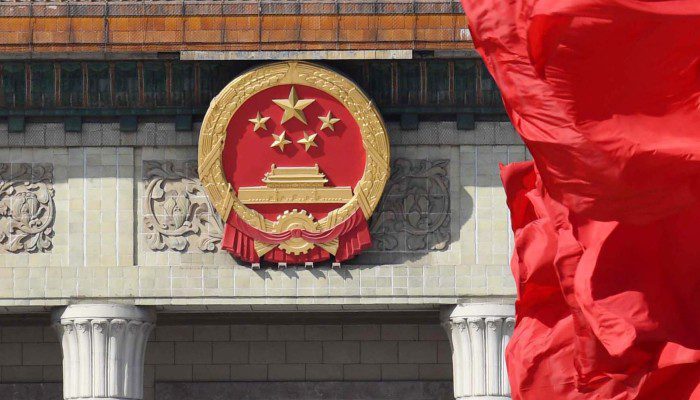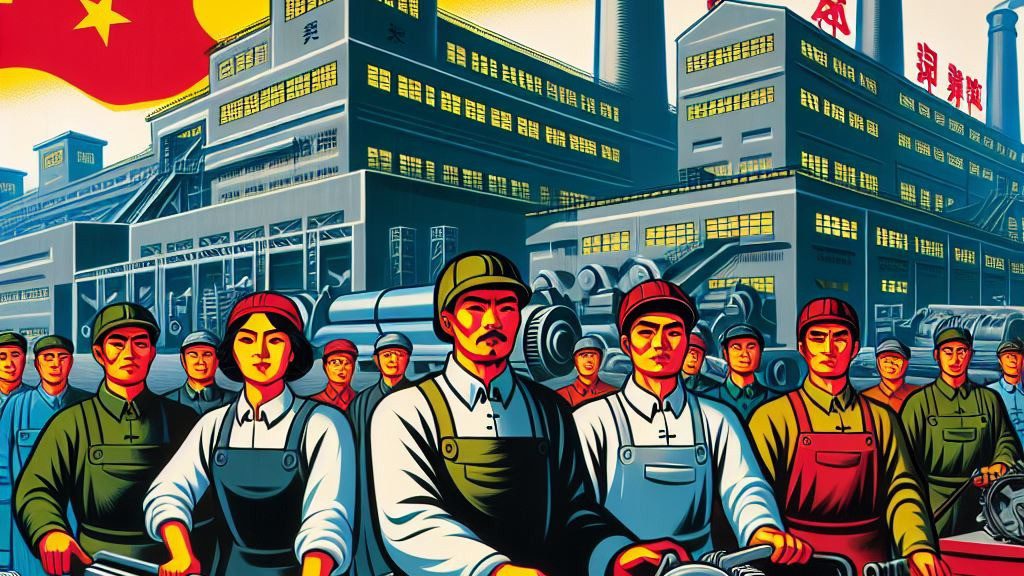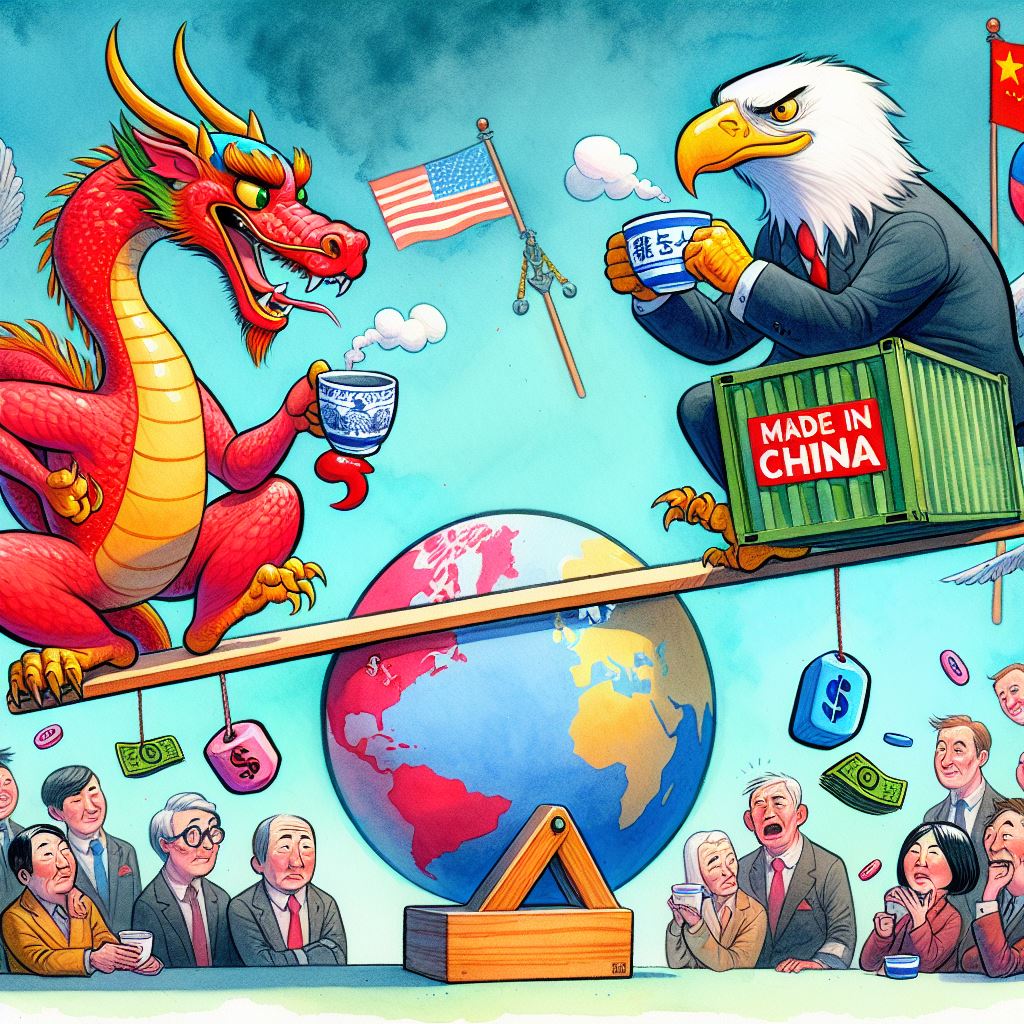China’s largest financial media conglomerate Yicai released a brand new report ranking Chinese cities in terms of their consumption power. Unsurprisingly, the “Big 3”, Shanghai, Beijing and Guangzhou led the pack, totaling over 3.35 billion yuan in consumption last year.
Take a look at some of our previous articles: These Chinese Cities Have the Most Competitive Economies
Researchers compared recent consumer goods sales data in 40 Chinese cities throughout 2018 to compile the list. The report provides insightful data into regional consumer spending power and may guide foreign enterprises in their investment and business expansion decisions.
Keep reading as we highlight some of the key findings from the study.
Shanghai, Beijing and Guangzhou Share the Podium
Shanghai topped the rankings, with total consumption reaching RMB 1.26 trillion in 2018 alone, a 7.9% increase year-on-year. Growth was slower in Beijing, who still recorded over RMB 1.17 trillion in sales last year, a 2.7% increase compared to 2017. Guangzhou came in 3rd position just below the trillion mark, at RMB 925.6 billion. While the city might be lagging in the internet and finance sectors compared to its two northern neighbors, the city still remains an attractive investment hub for commercial activities and the medical care industry in South China.
Shenzhen Out of the Top 5
What may be surprising to some is to find out that Shenzhen, one of China’s 1st-tier cities, only reached 7th position in the list, outranked by Chongqing, Wuhan and Chengdu. According to Peng Wei, Vice President of the Guangdong Society of Economic Reform, this could be explained by Shenzhen’s proximity to Hong Kong. Shenzhen – a 14-min ride from Hong Kong via high-speed train – has suffered from substantial consumer outflow due to its geographical location.
Conversely, provincial capitals like Wuhan tend to attract consumers from smaller surrounding cities due to the lack of other large commercial hubs in direct proximity. Moreover, recent infrastructure improvements played a key role in fueling consumer spending in the city. High-speed rail construction has facilitated inter-city commute, turning Wuhan into a top shopping destination for consumers.
Analysis also shows that there is not necessarily a direct correlation between economic performance and consumption power. To illustrate this, we can compare statistics for Suzhou and Nanjing, two major urban centers in Jiangsu province. In 2018, Suzhou outperformed Nanjing in terms of GDP, posting a RMB 1.85 billion GDP compared to RMB 1.28 billion for Nanjing. However, Nanjing ranked 8th in the ranking, one spot before Suzhou. In other words, provincial capitals not only concentrate the province’s best public facilities, they also lead in terms of spending power.
Widening North-South Divide
Among the 40 cities listed in the report, 8 recorded double-digit growth. However, among these, only 1 (Qingdao) is located in the North of China.
Research from Tsinghua University’s New Urbanization Research Institute shows that between 2004 and 2012, China’s northern region enjoyed rapid development. However, since 2013, economic performance has been going downhill, and the gap with Southern regions has drastically widened. In fact, in 2018, China’s Northern provinces only contributed to 38.5% of the country’s economy.
Check out the full ranking below.
Interested in other business opportunities or want learning more about operating a business in China? Get in touch with our team for a consultation and follow us on social media to receive the latest news.
Our experienced team has the necessary expertise and the know-how to support you with your business – have a look at the services we offer.
Also, don’t forget to follow us on social media to receive all the latest updates!
See how much salary you receive after tax and check your company value without leaving WeChat!
Also, our Mini Program can estimate the salary in your industry, for your experience level and position. A huge help for salary negotiations!







